Last Updated on September 8, 2021 by Rupesh Patil
While the world is slowly going paperless, you still need printed documents and photos in some cases. Some people need physical prints more than others, and if you are one of those people and are looking to buy a new printer for your office, home, or work-from-home setup, we have created a printer buying guide just for you. Based on which type of documents you intend to print, how regularly you plan to use the printer, and what additional features you need, you can find hundreds of printer models in the market from top printer brands like Brother, Canon, Epson, and HP. And choosing the right printer model for your needs can be tough. Hence, we’ve created this simple-to-follow printer buying guide that explains the ins and outs of the printer world.
Printer Buying Guide For Your Home, Office, Or Work-From-Home Setups
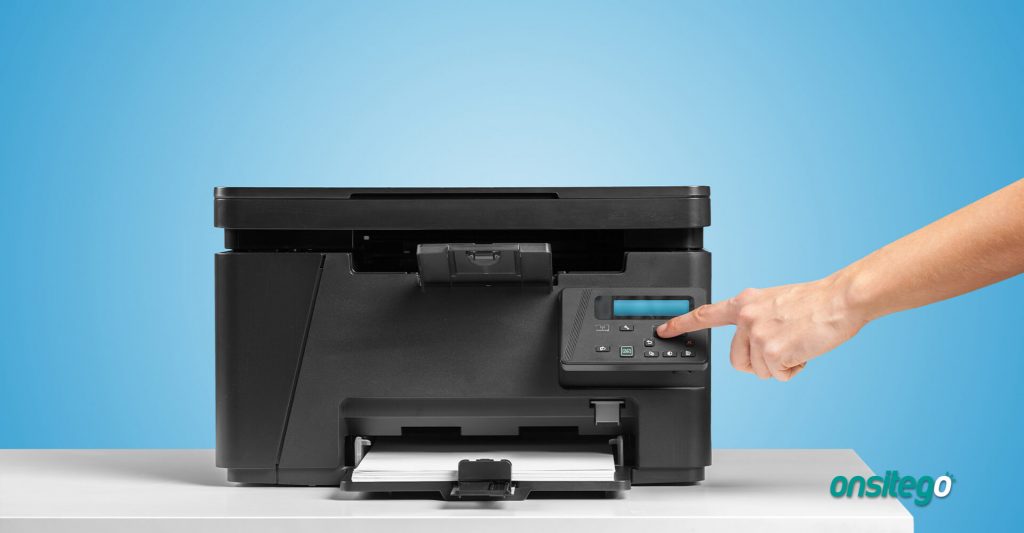
Subscribe to Onsitego
Get the latest technology news, reviews, and opinions on tech products right into your inboxBefore buying a printer, you need to answer a few important questions and note down your needs. Whether you would need a monochrome printer or a colour printer? Are you just going to print documents, family photos, or both? How often would you use the printer? Do you need a display on your printer? Do you need wireless connectivity so that you can place the printer anywhere at your home or office? Let us answer these questions.
Inkjet or Laser? Which Type Of Printer Suits Your Needs?
The first and most important question you need to ask yourself while buying a new printer is what type of documents or photos do you intend to print and how often would you do that?
There are two types of printers: inkjet printers and laser printers.
What Is An Inkjet Printer & How Does It Work?

Inkjet printers use wet ink which is sprayed on the paper through cartridges or nozzles. The ink dries up in a couple of seconds. Inkjet printers are the most common printer type because they are affordable and can print almost anything: documents, photos, charts, and more. If you have a mixed use-case where you’ll print documents as well as photos, inkjet printers would suit you the most. However, they are costlier and harder to maintain.
What is A Laser Printer & How Does It Work?
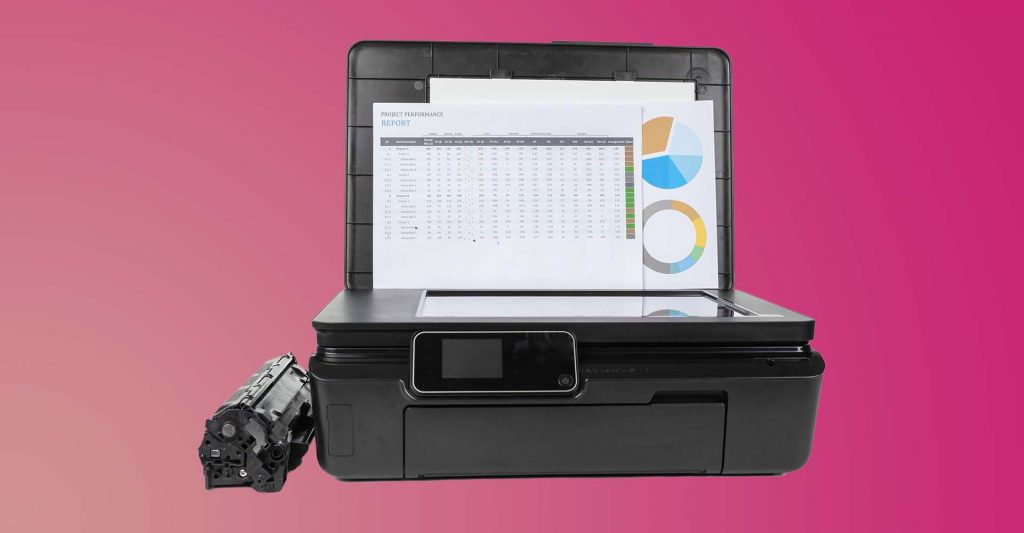
Laser printers are costlier compared to inkjet printers because they are easier to maintain and have lower printing costs, especially if you’re mostly going to print monochrome documents and a lot of them. Laser printers use toners that have a special powder that is applied on the paper using static electricity. Due to the nature of this printing mechanism, laser printers are extremely fast and reliable, but also noisier. Moreover, they are not great at printing images. Yes, there are colour laser printers in the market, but they are extremely costly, and even then, they can’t offer the photo printing quality that is offered by inkjet printers.
What Is A Photo Printers?
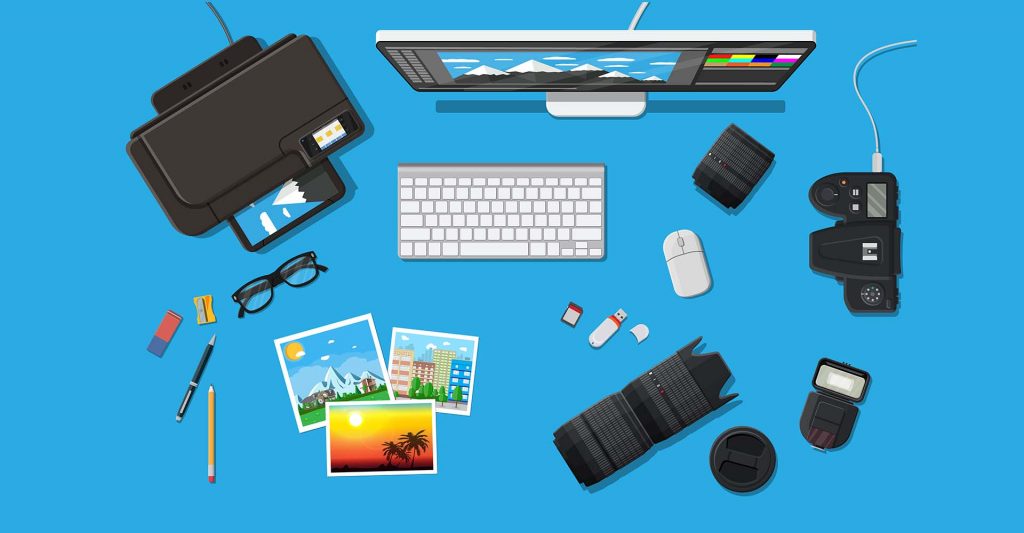
There is a special form of an inkjet printer that specialises in printing photos, and such printers are commonly known as photo printers. These printers are often available in a single function and can print colourful and glossy photos on 4-inch x 6-inch or 8.5-inch x 11-inch papers. Compared to conventional inkjet printers, photo printers offer improved colour accuracy. However, you have to use costlier, glossy papers. Moreover, photo printers are costlier compared to other inkjet printers.
What Is An Ink Tank Printer?

Ink tank printers are a new breed of inkjet printers that have large tanks of ink. They offer an easier method of refilling the ink when compared to conventional inkjet printers. When not used for a long period of time, many inkjet printers get clogged with dust and dirt, leading to breakdowns and costly repairs. Often, the price of replacing the ink cartridges in inkjet printers ends up being higher than the cost of a new printer. This is where ink tank printers come in handy. Their ink is cheaper, and anyone can refill their ink. Ink tank printers are costlier but offer cheaper printing and maintenance costs.
Epson was the first brand to release ink tank printers, but almost all other brands have now released their own ink tank printers.
How To Determine A Printer’s Printing Speed & Quality?
Printer brands can make wild claims regarding their printers’ printing speed and the print yield (how many documents you can print using one cartridge or toner). However, all of them have recently started using standardised tests developed by the ISO (International Organisation For Standards), which makes a level playing field. The ISO test protocol requires brands to test their printers using the same document set and test procedures, which means that you can trust and compare those numbers between different printers.
A printer’s printing speed is usually measured in PPM (Pages Per Minute). Printing speed may not be very useful for home use cases, though, but it can be extremely important for offices where a lot of documents are printed on a regular basis, and faster printing can result in higher productivity. Printers may have different printing speeds for monochrome (black and white) prints and colour prints.
Printing quality can be determined by looking at the print’s DPI and colour accuracy. DPI stands for dots per inch. DPI refers to the number of dots that are placed in a square inch of space on the paper. The higher the DPI, the higher the detail in documents and images.
More Connectivity Options Make A Printer Flexible: Ethernet Port, Wi-Fi, Apps, SD Card, USB Port, Cloud Connectivity
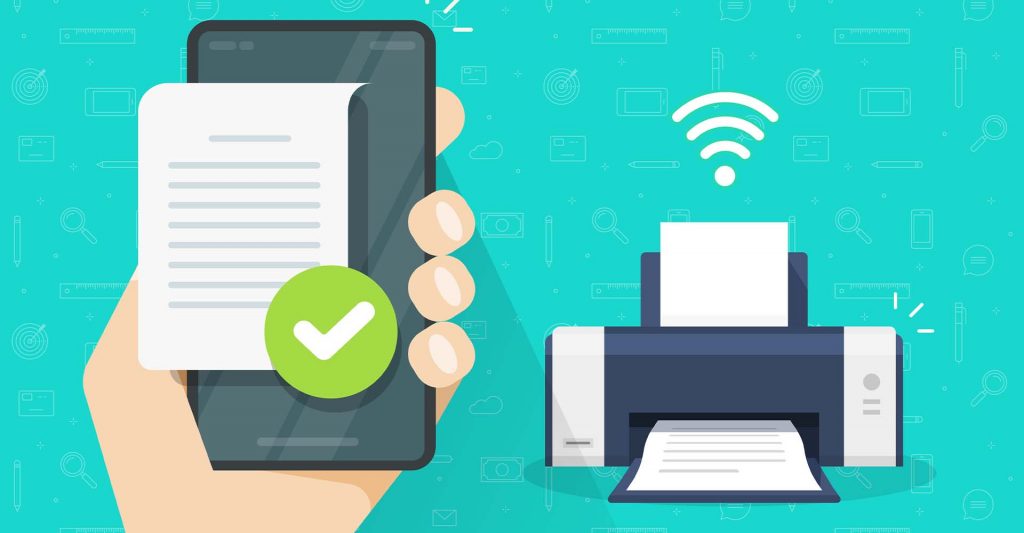
While most printers connect to computers via a USB cable, modern printers offer a wide range of connectivity options, including LAN ports, Bluetooth, Wi-Fi, Wi-Fi Direct, NFC, and even cloud connections. In this day and age, it helps to have a printer that can connect to your computer, laptop, smartphone, or tablet using a wireless connection.
If you are planning to place the printer beside your computer, router, or switch, a printer with a LAN or USB port would suffice. However, if you want flexibility with respect to your printer’s placement, it is advisable to get a printer that features Wi-Fi or Wi-Fi Direct connectivity that allows your printer to be connected to the local network via a Wi-Fi router across your home or office. Moreover, it allows you to print documents or photos directly from your computer, laptop, smartphone, or tablet using a wireless connection.
Some printers also feature an SD card slot or a USB port. You can use them to plug in a pen drive or a memory card directly into the printer and print documents or images without a need for a computer or smartphone.
Some modern printers also feature internet and cloud connectivity that lets you print documents or images even when you’re not at home or office. It means that you can connect the printer to the internet via your router (through a LAN port or Wi-Fi) and submit print jobs even when you’re not on the same local network. Google Cloud Print and AirPrint are the two most-used cloud printing networks. However, Google Cloud Print is being shut down, and printer brands are building their own cloud printing networks or making their printers compatible with IFTTT (If This Then That).
Ink & Maintenance Cost

If you are someone who needs to print a lot of documents or photos on a regular basis, printing costs might be more important to you. And yes, some printers can be more cost-effective than others. Hence, you should note down the ISO test-based printing yield of the shortlisted printers and compare their printing yield as well as the cost of each cartridge or toner, and then calculator each printer’s printing cost. Usually, offices and printing stores might care more about the printing cost when compared to homes.
Paper Handling
Most printers can store 100 papers but what if you print dozens of pages every day? It means that a standard printer would need you to add more papers every couple of days. In such cases, printers with a 250-paper feed tray would be helpful so that you don’t need to fill the printer with more pages every few days.
Do You Need A Multifunction Printer (MFP) For Scanning & Fax?

Earlier, printers and scanners were sold separately. However, over the past decade or so, more and more printers are being launched with built-in scanners and even fax capabilities. Such printers are called MFP (Multifunction Printers).
Multifunction printers come in both inkjet and laser forms. As expected, inkjet multifunction printers are more affordable compared to laser multifunction printers. Apart from saving space on your desk, such printers also save electricity and keep your workplace clean since they only need one power and LAN/USB cable instead of power and LAN/USB cables for the printer as well as the scanner.
Additional Printer Features: Touchscreen Display, Auto-Duplex Printing, Duplex Scanning
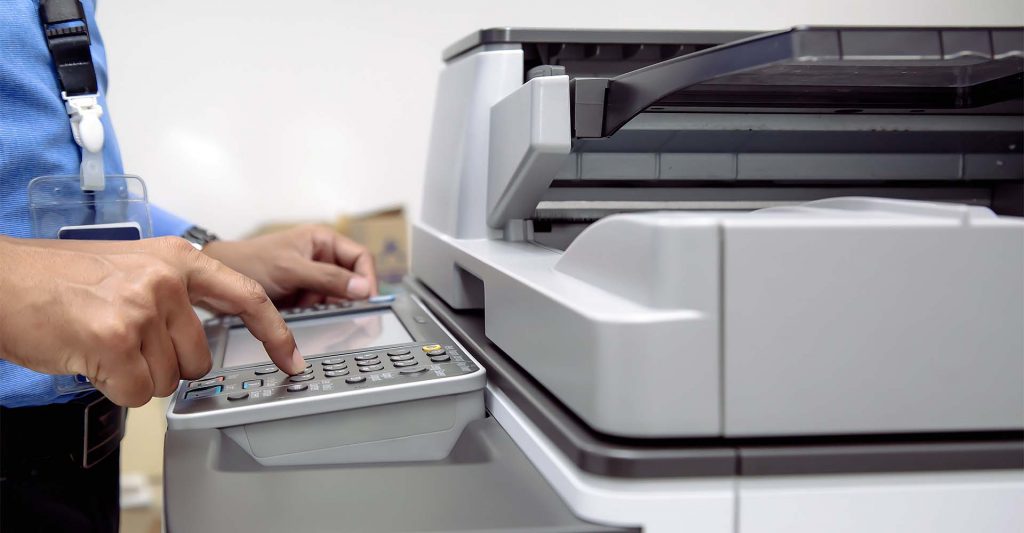
If you don’t want to use the computer or smartphone every time you have to print or copy something, you need a printer with its own display. Cheaper printers don’t come with displays. Some printers have numeric displays that show the printing status and other important metrics. Premium printers come with full-colour touchscreen displays that can be used to print, scan, copy, and fax documents.
Some costly printers also offer auto-duplex printing, which refers to printing on both sides of the paper without needing manual intervention. If you’re someone who copies books a lot, a printer with auto-duplex printing would help you a lot. Some printers also offer duplex scanning, which refers to scanning both sides of the paper without you having to scan one side of the page, flipping over that paper, and then scanning the other side of the page.
Once you’re done answering all these questions, you can easily shortlist the printers and then decide on a printer that works best for your needs and offers good quality as well as lower printing and maintenance costs.
Check out our Doorstep Printer Repair Service.


Discussion about this post